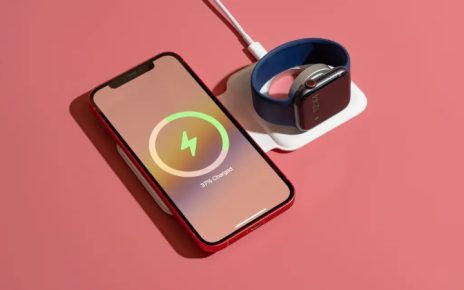Unveiling the Paradox: Selling 4G Better than 5G – Huawei Ramps Up Shipment While Apple Declines
Introduction:
In the ever-evolving world of technology, the race for faster connectivity has reached new heights with the introduction of 5G networks. However, amidst the hype surrounding 5G, a surprising paradox has emerged in the smartphone industry. Despite the technological advancements and promises of faster speeds, Huawei, a leading Chinese telecommunications giant, has seen a significant boost in the sales of 4G devices, while Apple, a titan of innovation, has witnessed a decline in its 5G-driven sales. This article delves into the underlying factors contributing to this peculiar trend and explores the implications for both companies.
The 4G Appeal:
While 5G networks promise lightning-fast speeds and lower latency, it is essential to acknowledge that the widespread availability of 5G infrastructure is still in its nascent stages. 4G, on the other hand, has been widely adopted and offers a reliable and efficient connectivity solution for a vast majority of smartphone users. This has prompted Huawei to capitalize on the existing market demand for 4G devices, which are not only more affordable but also provide a seamless experience for users in areas with limited 5G coverage.
Huawei’s Rise:
Huawei, known for its robust portfolio of smartphones, has strategically focused on catering to diverse market segments. By offering a wide range of 4G-enabled devices, Huawei has tapped into the needs of budget-conscious consumers who prioritize functionality and affordability over 5G capabilities. Additionally, Huawei’s stronghold in the Chinese market, where 4G infrastructure is still prevalent, has allowed the company to boost its sales significantly.
Moreover, Huawei’s ability to leverage its manufacturing prowess and supply chain efficiency has played a crucial role in ramping up its 4G device shipments. By optimizing production costs and ensuring competitive pricing, Huawei has managed to establish a strong foothold in both domestic and international markets. This strategic move has positioned the company favorably amidst the ongoing transition from 4G to 5G technology.
Apple’s 5G Challenge:
In contrast to Huawei’s success, Apple’s recent decline in 5G device sales raises intriguing questions. As a pioneer in innovation, Apple has historically been at the forefront of technological advancements. However, the diminishing demand for its 5G-enabled iPhones reflects the challenges the company faces in a rapidly evolving market.
One significant factor impacting Apple’s 5G sales is the aforementioned limited 5G coverage. Despite the global rollout of 5G networks, many regions still lack comprehensive coverage, rendering the enhanced connectivity features of 5G devices less compelling for consumers. Consequently, the premium price tags associated with Apple’s flagship 5G smartphones have become a barrier to entry for some potential buyers.
Furthermore, the maturity of Apple’s loyal customer base might contribute to the decline in 5G sales. Apple users tend to prioritize the overall user experience, ecosystem integration, and long-term software support rather than being driven solely by the latest connectivity technology. With incremental improvements in subsequent iPhone iterations, the urge to upgrade to the latest 5G model may not be as strong compared to previous generational leaps.
Implications for the Smartphone Industry:
The contrasting sales trajectories of Huawei and Apple highlight the importance of catering to diverse consumer demands in an evolving technological landscape. While 5G undeniably represents the future of connectivity, the success of Huawei’s 4G devices demonstrates the significance of addressing the needs of various market segments, especially in regions with limited 5G infrastructure.
Moreover, this trend could have implications for other smartphone manufacturers and their strategic decisions. Balancing the introduction of cutting-edge technology with the practicality of existing infrastructure and consumer preferences will be key to

Sponsor Ad




